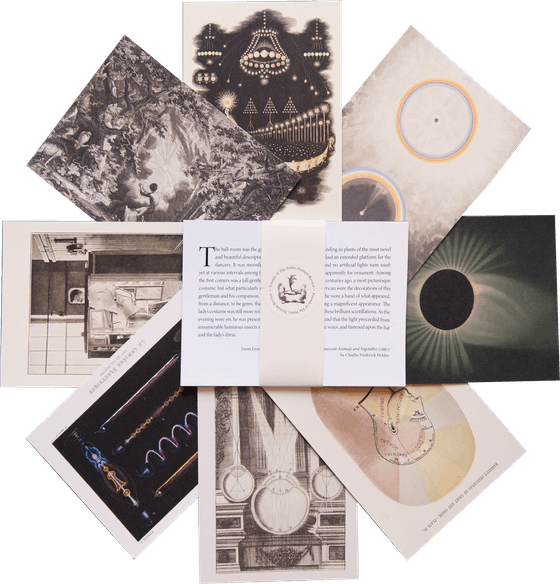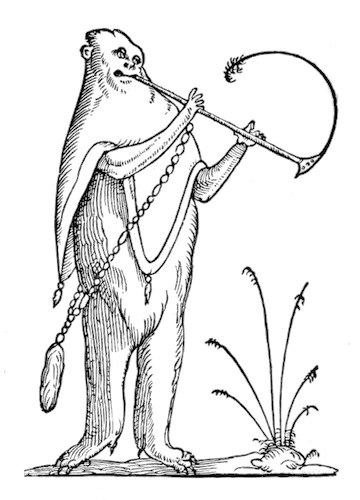Buying a gift and not sure what your recipient would like? Let them choose with our gift card.

The Unicorn is in Captivity and No Longer Dead
David Houston
London, United Kingdom
George Webster
London, United Kingdom
Simon
London, United Kingdom
Tom Hart
Providence, RI, United States
Mark W
Baltimore, MD, United States
Sohraub
Toronto, Canada
Thilde Wolf
Lund, Sweden
Rich M
Mt Airy, MD, United States
Todd Pearson
San Francisco, CA, United States
Schmudde
Turin, Italy
The seventh and final scene from the "Unicorn Tapestries", one of the most spectacular but enigmatic surviving artworks of the late Middle Ages. Depicting a unicorn hunt, in the penultimate tapestry in the series the unicorn is eventually killed. In this last, however, the unicorn is shown alive and well, and entirely tamed. He is fenced in and chained to a tree, but the chain is less than secure and the fence is low. He has submitted to his captivity. The red stains on his flank, in the words of the Met’s catalog, “do not appear to be blood, as there are no visible wounds like those in the hunting series; rather, they represent juice dripping from bursting pomegranates” — a medieval symbol of marriage and fertility. In the resurrection element there is also a clear parallel with the story of Jesus. (Image source: The Metropolitan Museum)
 A Sloth Joris HoefnagelFrom $40 / Size: S M
A Sloth Joris HoefnagelFrom $40 / Size: S M Natural History of Carolina, Florida and the Bahama Islands, v1. Tab 11 Mark CatesbyFrom $40 / Size: S M L
Natural History of Carolina, Florida and the Bahama Islands, v1. Tab 11 Mark CatesbyFrom $40 / Size: S M L Three Fishes and a Branch Seki ShūkōFrom $40 / Size: S
Three Fishes and a Branch Seki ShūkōFrom $40 / Size: S Fly, Caterpillar, Pear, and Centipede Joris HoefnagelFrom $40 / Size: S M
Fly, Caterpillar, Pear, and Centipede Joris HoefnagelFrom $40 / Size: S M Cats for the Stations of the Tokaido Road Utagawa KuniyoshiFrom $40 / Size: S M L
Cats for the Stations of the Tokaido Road Utagawa KuniyoshiFrom $40 / Size: S M L Essay Towards a Natural History of Serpents, Plate II Charles OwenFrom $40 / Size: S
Essay Towards a Natural History of Serpents, Plate II Charles OwenFrom $40 / Size: S A New World of Creatures, Invisible to the Human Eye J. J. GrandvilleFrom $40 / Size: S
A New World of Creatures, Invisible to the Human Eye J. J. GrandvilleFrom $40 / Size: S Red Tailed Hawk John James AudubonFrom $40 / Size: S
Red Tailed Hawk John James AudubonFrom $40 / Size: S




